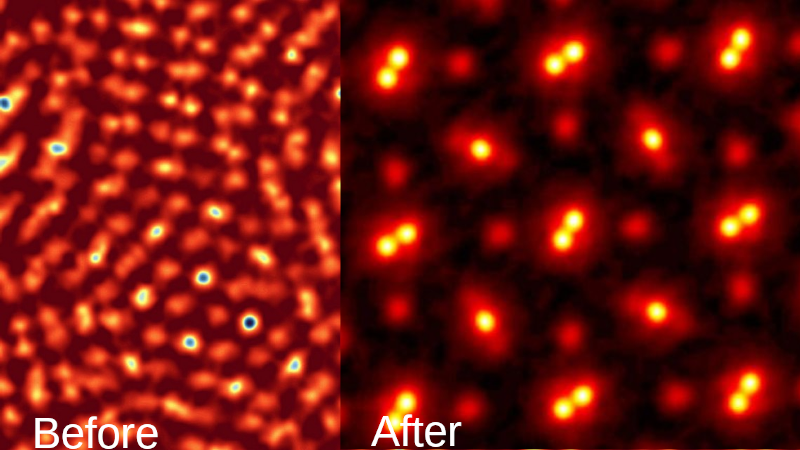
Cornell University enhanced electron microscopy using a technique known as ptychography in 2018. At the time, it allowed an electron microscope to resolve things three times smaller than previously possible. But that wasn’t enough. The team has now doubled that resolution by improving on their previous work.
The team says that the images are so precise that the only blurring is due to the thermal motion of the atoms themselves. This could mean that you won’t see a further improvement in resolution in the future.
Ptychography works by scanning material in different overlapping areas and measuring the reflected pattern. By comparing the reflections from overlapping areas, an algorithm can reconstruct what the structure was that created the pattern. The team’s leader, [David Muller], likens it to the speckles laser pointer pet toys make. Paradoxically, the electron beam is slightly defocused to capture more data. After data processing, the resolution is down to a picometer.
Currently, the method is time-consuming and requires large computers, but we all know that computers get faster every year, so in a decade your wristwatch will probably be able to do the number-crunching required. The actual paper is paywalled, but if you have access to the kind of equipment you need to do this, you probably also have access to Science or won’t mind spending a little coin to read the paper. If half of the current resolution is sufficient, you might like reading the older paper, too.
0 Commentaires